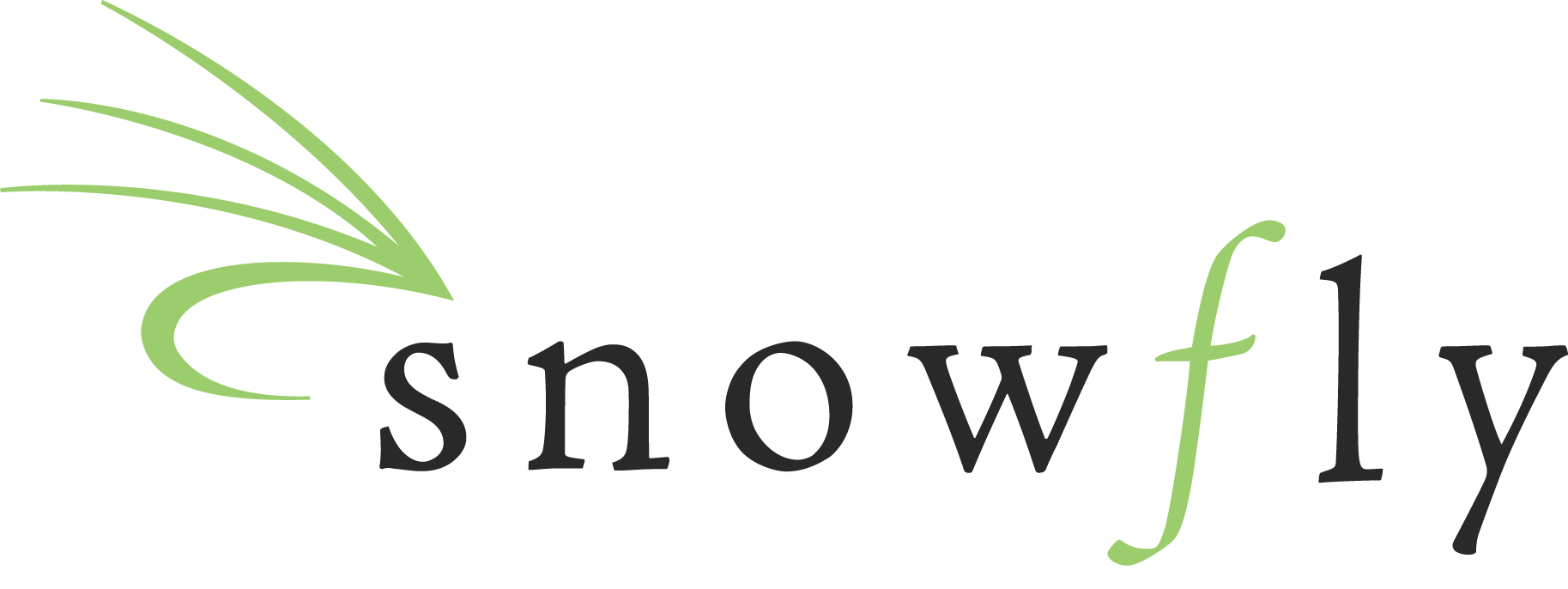Coronavirus got you down? Have your employees started working from home? Get a peer recognition system set up today to help increase communication, engagement, and performance!

We love building software. But what really gets us going is helping you improve your work environment and your organization.
Since 1999, when Snowfly was founded, we have been hyperfocused on creating tools and systems to help your employees feel motivated. We want them to be proud of the work they do, and encourage and recognize others.
A motivated and happy team means increased employee satisfaction. Employee satisfaction has an impact on employee performance and employee retention.
Can you hear the dollar signs in that? Satisfaction, performance, and retention each impact your top and bottom line. Happier employees usually means happier customers. Higher performing employees means more of the right work is getting done. And retention? Don’t even start us on the high cost of replacing employees!
At Snowfly our mission is to help you create a recognition and incentives system that really moves the needle. Of course, that’s only going to happen if your employees love it. That is why we build employee engagement and incentives software.
Why Snowfly Incentives Is Different
Snowfly was the first company (founded in 1999!) to combine computerized incentive rewards and analysis with gamification. Our founder, Dr. Brooks Mitchell, studied incentives and gamification and how to really increase employee satisfaction and performance, which became the foundation of Snowfly.
What makes Snowfly different? Our technology, based on principles of human behavior and motivation, is fun to use. We have custom developed games designed to engage your employees while not wasting of time. Employees of our customers tell their managers, and us, how much they love Snowfly. It works because it is fun, designed well, and the incentives really make a difference.
We continually hear about failed employee incentives programs. Those installs fail because employees just don’t like using their software. They might look great, but they don’t have the breadth or depth that employees have come to expect. At Snowfly we focus our resources on making the right tools for your employees. Our onboarding team will help you have a smooth and successful implementation. Our customer success team stays with you as your employees adopt they system.
Leader boards: check
Progress bars: check
Peer and manager recognition: check
Social interaction: check
Badges: check
Gamification: check
Everything else: check
We analyze behavioral patterns & trends within your organization to help you improve the productivity of every employee.
Human Behavior Basics: Schedules of Reinforcement
Continuous Reinforcement:
The least effective type of positive reinforcement scheduling is providing a reward for every instance of a performed behavior because without a reward there is no reason to perform the behavior.
Fixed Interval Reinforcement:
FI reinforcement involves providing a reward on a set time interval regardless of the level of performance. This produces minimal motivation, much like earning a paycheck every two weeks. Example: work anniversary, birthday, paycheck schedule.
Variable Interval Reinforcement:
VI reinforcement is a very popular, albeit ineffective method of reinforcement, because it involves rewards which seem to randomly appear. This type of schedule is often compared to fishing where the reward (catching a fish) is completely outside of the control of the fisherman, and there is little the fisher-
man can do to increase the odds of catching a fish other than to simply wait longer. Often times, the exact behavior that must be performed in order to receive the reward is a complete mystery. Example: Randomized catching of good behavior, manager performing spot checks or the boss was in a good mood today.
Fixed Ratio Reinforcement:
FR reinforcement is an effective way to directly link performance of a behavior to a reward. When FR rewards are properly applied, the reward is easily identified with the performed behavior and the individual is able to consciously identify the reason for which the reward is being received. Most important though is that they are able to repeat the behavior in order to earn future rewards. The power of FR reinforcement is that the behavior must be performed a pre-determined number of times before a reward is received. Example: KPI Metrics, performance gauges, progress bars, competition rooms/leader boards, performance thresholds; i.e. GAMIFICATION
Variable Ratio Reinforcement:
VR reinforcement is the most effective rewarding method because it requires a behavior to be performed multiple times (similar to FR reinforcement) on an unpredictable reinforcement schedule before a reward is provided. There may still be an understood average number of times a behavior must be performed but the actual rewarding is seemingly randomized. A person knows they will receive a reward if they perform the desired behavior enough times but will continue to perform more consistently and at a higher level because the frequency of the payout is not guaranteed. Example: Las Vegas slot machines; VR reinforcement is also referred to as the “Vegas Principle.” This is the psychology behind Snowfly’s approach to gamification; it’s what we call “DIRECTED GAMIFICATION.”

